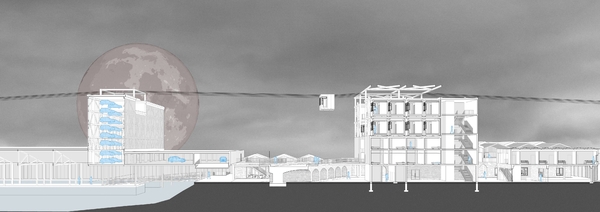Activating Cumbria: An experientially driven resolution to tourism
Activating Cumbria is a project that looks at the tourism economy of the county and the inequities that is has created within regions through inequal consideration of policy, funds and attention. The course of this project looked at identifying the locations in Cumbria that had been overlooked and underutilised through tourism, and how we could then provide equity for these locations. The attempt of a solution led to looking at the incorporation of a night economy to provide equity, that as a concept, focussed mainly on urbanised, dense city locations and not a large, expansive, rural county.
The argument was that night time economies in cities failed to categorise the night as a similar event to the day and therefore reserved activities for the day and night separately to each other. This meant that the incorporation of night economies in cities would usually fail due to the lack of diversification of night time activities, that would allow people of different ages and demographics to safely enjoy the night. By rebranding Cumbria and creating new regions of the county, imprinting concepts of what night time economies in those areas may look like, with the intention that this could create a large network of activity that would incentivise different people to visit Cumbria and in turn the lower utilised areas.
To facilitate this, a transport network was required. Being one of the biggest factors for a person's involvment in the night, having diverse, efficient transport became the focus of this project.
This project proposed a transport hub in the overlooked, underutilised town of SIlloth, that looked at layering multiple modes of transport together seamlessly, as a test bed for a wider network of transport hubs, while also ensuring that the building also responded and gave back to the wider community of Silloth


